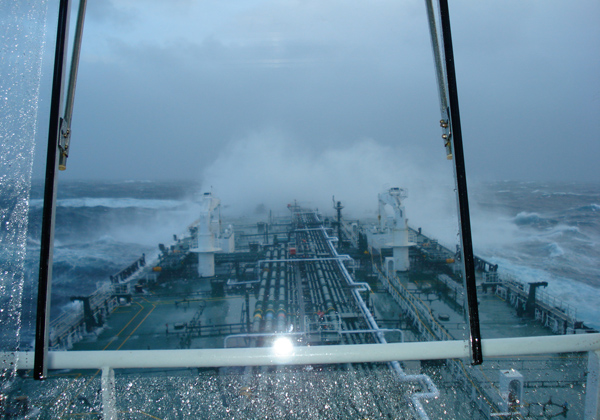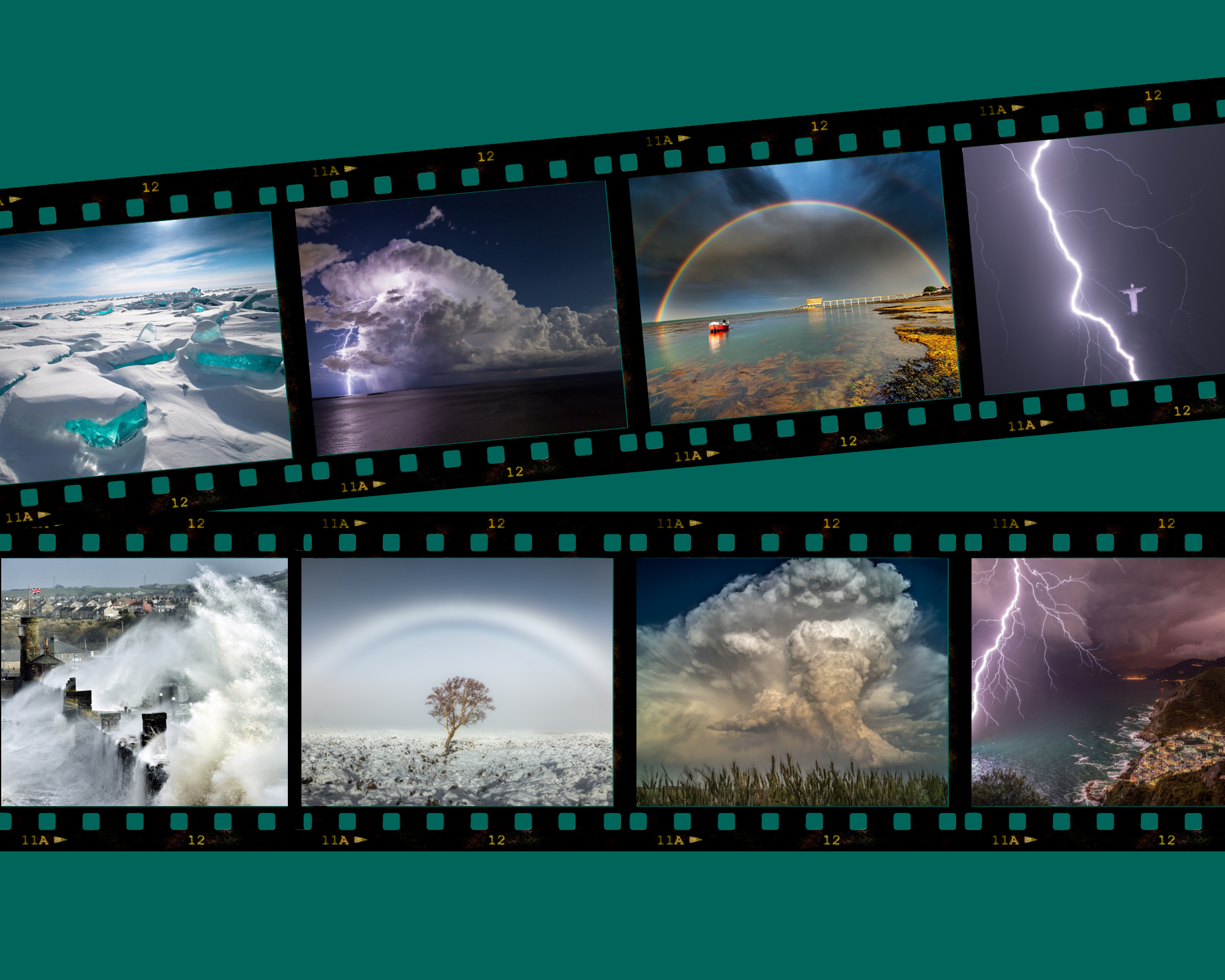

Wind power: How a low carbon crossing of the Greenland icecap went seriously wrong
Richard Spink tells Flemmich Webb how an almighty storm during an attempt at a low carbon crossing of the Greenland icecap led to a dramatic—and welcome—encounter with a serious quantity of fossil fuel
On 19th April, my two companions and I—Raoul and the boat’s skipper, Ben—set sail from Plymouth on Fleur, a 40ft yacht, under clear skies and a calm sea. Our plan was to carry out a low-carbon crossing of the Greenland icecap: we were going to sail about 2,000 miles to Nuuk, the capital, ski 550 miles across the icecap, then sail back to the UK.
We had been preparing for about three years, and wanted to show that expeditions could (and should) be low carbon and low impact, as well as promote awareness of environmental issues to school children and raise money for Teenage Cancer Trust.
Our first stop was Falmouth, where we had to pick up a part for the boat. On 21st April, we said goodbye to friends and family and set sail towards the Scilly Isles. I was quite emotional. This journey was into the unknown, and I had the least sea experience of the team.
Progress was slow—Fleur, though well built, didn’t sail particularly well into the wind.
By 26th April, we were 300 miles west of Ireland, and the wind was gusting up to Force 8. It gave us a bit of a beating: waves were breaking over our bows and the four hour watches were cold and wet. But the boat performed well, and over the next few days the weather eased off and the sun came out. I remember thinking, if that’s as bad as the storm gets, this’ll be easy. The boat was zipping along and we were all in good spirits.
But three days later, we downloaded a weather report that showed a massive weather front approaching from the west with average wind speeds of 52 knots—stronger than anything we had encountered so far. I wasn’t afraid, and I was optimistically expecting it to change by the time it met us. Ben, being much more experienced, knew it spelt trouble.
As the front was about 100-150 miles wide and moving fast, we couldn’t outrun it, so we tried to position ourselves in the “best” sector of the storm. Then we waited for it to hit.
At 6am on 30th April, the wind picked up. The swell was building and we were tearing along at about 7 knots. I was exhilarated; we were making great progress. By midday, the sea was huge. There were vast waves, 35-50ft high, coming up behind the boat, looming above us like hills. One minute you’d be at the top of the wave able to see everything around you, the next you’d be flying down the face into the trough of the wave with water all around you.
That afternoon, we suddenly sailed into the eye of the storm. For half an hour, the wind dropped, there was clear blue sky and the sea was calm. But soon, the wind picked up again, this time gusting at Force 12. It blew the anemometer off the mast. My exhilaration had now disappeared. I was concerned that the boat was going to break in two; everything was groaning and creaking. The wind was screaming—an evil, howling shriek, devoid of any goodness. I’ll never forget that sound.
We went below deck to get some sleep. At 2am, I woke up to this massive bang and I flew to the other side of the boat. Fleur had been picked up, thrown down and tipped upside down. All the lights went off—it was dark except for the dull glow of the safety light. The hatches flew open, and water from the bilges flooded the cabin. I thought the boat had split in two and that I was underwater. I wasn’t, but I automatically held my breath and got ready to start swimming up.
After what seemed an age, the boat righted herself. No one was injured but we were very shaken up and our stuff was everywhere. The mast was still there but all our navigation and electrics had stopped working. The next morning, Fleur was sucked up the face of a huge wave. There was total quietness before all hell broke loose. The boat rolled down the wave and flipped over. I flew up to the ceiling of the cabin, and I could see underwater through a porthole. The boat slowly self righted again. Ben had struck his temple and was suffering from mild concussion.
With no change in the weather, we decided to contact the Falmouth coastguard. We didn’t abort the expedition at this stage but a few hours later Fleur got knocked down again, and we decided to call for a rescue.
By now we were equidistant from Ireland, Iceland and Greenland. Falmouth coastguard told us there was an oil tanker, the Overseas Yellowstone, about 40 miles away that could rescue us. Straight away, we saw the irony of having our low carbon expedition rescued by a ship loaded with crude oil!
It took the tanker about eight hours to get to us—the sea was still rough with winds at Force 9/10. Though we were really tense, waiting for the next knockdown, there was good camaraderie.
Then we saw the tanker; a huge hull, towering 40ft above us. The crew threw down a rope ladder. Once the foredeck had been secured, I jumped for the ladder between the boats. I caught it (I have never held on so tight to anything) and clambered up, the adrenaline pumping. It was an incredible feeling to put my feet on relatively firm ground.
Raoul came up next but then the “man overboard” alarm sounded. Just short of the top of the rope ladder, Ben had fallen into the sea. He was in danger of being crushed between the two boats or drifting beyond the back of the tanker where it would be almost impossible to rescue him. Somehow he got into a rope loop thrown into the water by the crew, and they man-hauled him up over the side, cracking one of his ribs in the process.
I was overcome with emotion that the tanker had come to rescue us, and that we were alive and in safe hands. Many of the senior crew said it was the worst storm they’d ever experienced.
Later that night we were all singing karaoke with them—it was bizarre.
Initially, it was an amazing feeling to be safe, but it wore off after a few days and was replaced by a feeling of intense disappointment that we hadn’t achieved what we’d set out to do.
Ten days after the rescue, Fleur was found by fishermen 200 miles off the coast of Ireland, battered but still afloat, and returned to Ben.
I now have an immense respect for the sea. I have been in really bad weather on land and you can just hunker down, hold tight and hope it blows over, but when you are at sea everything is moving and there’s no respite or safe place. You feel so minute.
"




